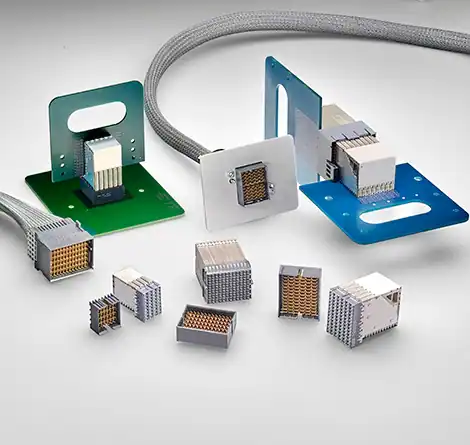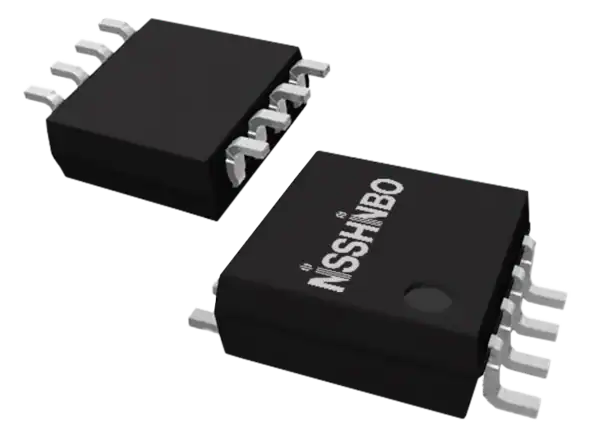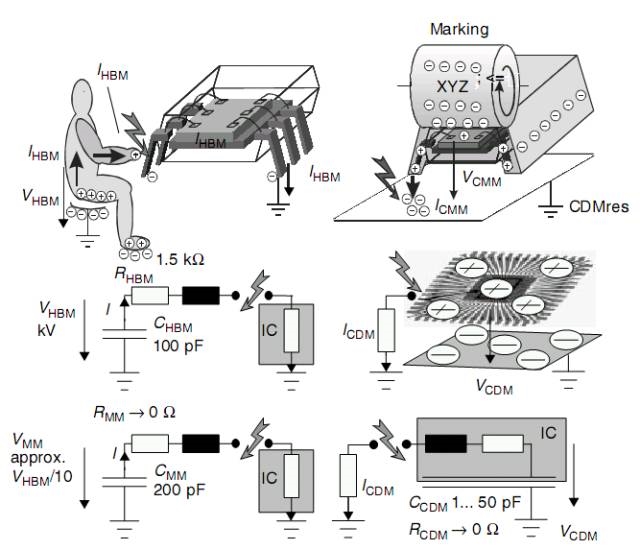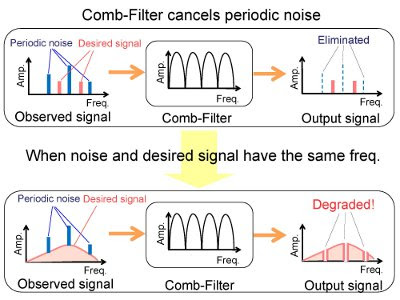
This article analyzes two types of filters for removing periodic interference: the periodic smoothing filter and the delayed additive filter. The periodic smoothing filter can completely eliminate periodic signals but also significantly attenuates high-frequency components. The delayed additive filter, which more closely resembles an ideal comb filter, can only remove AC components with odd-harmonic symmetry. In practice, the choice of comb filter depends on the specific signal characteristics.
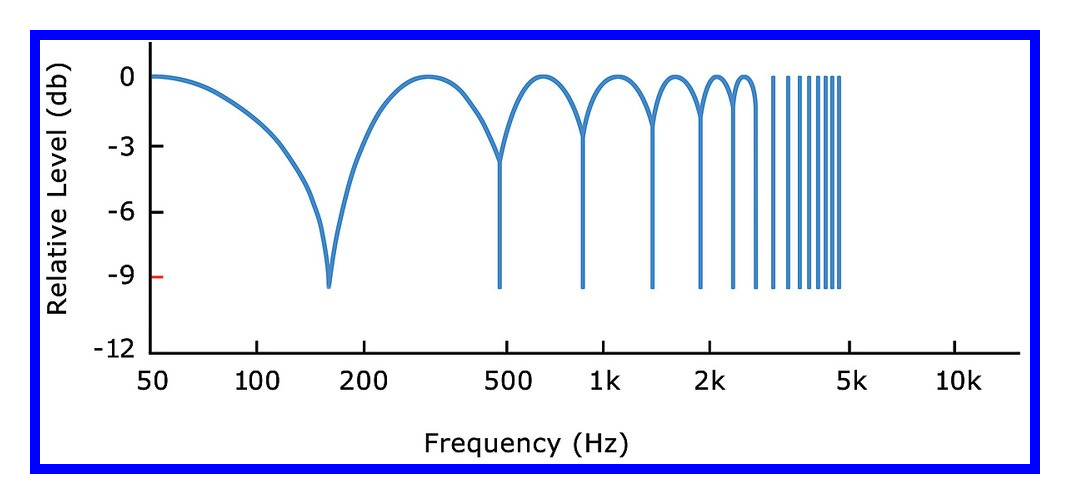
Understanding Comb Filters
The frequency response of a system is primarily determined by the distribution of its poles and zeros near the imaginary axis. Poles near the imaginary axis create peaks in the amplitude response at their corresponding frequencies, while zeros create notches. This article introduces a special type of filter, the comb filter, by examining a practical problem. A comb filter features periodically distributed zeros on the imaginary axis, allowing it to remove a specific frequency and its harmonics.
A Practical Example: Power Line Noise
A significant problem when using a detection coil is the presence of substantial power line interference in the amplified signal. This interference originates from AC power lines in the surrounding environment.
Signal Analysis
This signal is not a pure sine wave; in addition to the 50 Hz fundamental frequency, it contains numerous higher-order harmonics. A key characteristic of the harmonics is that the odd harmonics (50 Hz, 150 Hz, 250 Hz, etc.) have a much larger amplitude than the even harmonics (100 Hz, 200 Hz, 300 Hz, etc.). This is due to the interference having "odd-harmonic symmetry," meaning that when the signal is delayed by half a period, its AC component is inverted.
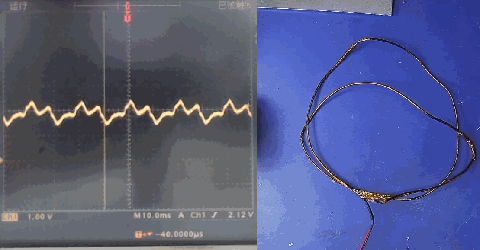
To remove this interference while preserving as much of the original signal's frequency content as possible, a comb filter is the most suitable solution. A comb filter is characterized by periodic notches in its amplitude-frequency response, which attenuate specific frequency components. Two common comb filtering algorithms used in signal processing are:
- Periodic smoothing filter
- Delayed additive filter
Conclusion
This article analyzed two types of filters for removing periodic interference. The periodic smoothing filter can completely eliminate periodic signals but also significantly attenuates high-frequency components. The delayed additive filter, which more closely resembles an ideal comb filter, can only remove AC components with odd-harmonic symmetry. In practical applications, the choice of comb filter depends on the specific characteristics of the signal.
 ALLPCB
ALLPCB


